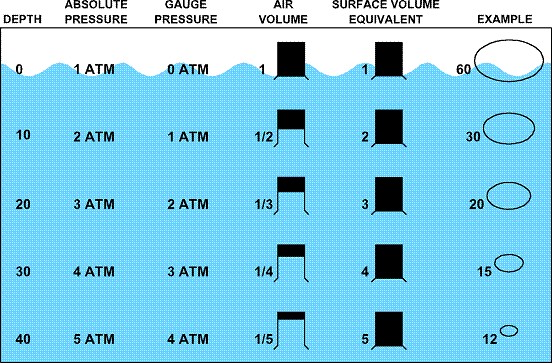Answer to Question 1
ANS: C
A. Incorrect response: See explanation C.
B. Incorrect response: See explanation C.
C. Correct response: The goal of PEEP therapy is to engage recruitable alveoli while avoiding lung overdistention of healthy alveoli. To optimize the effect of PEEP while using the least amount of pressure, PEEP settings can be integrated with a recruitment maneuver, which takes the lung to full inflation, and maximally recruits all the recruitable alveoli. The resultant PEEP setting then occurs on the deflation portion of the pressure-volume relationship at the point of maximum curvature.
D. Incorrect response: See explanation C.
Answer to Question 2
ANS: B
A. Incorrect response: Curve A represents the lung unit (alveoli) with no PEEP and 1L of volume. Note that at end-expiration this unit is gasless and that 8 cm H2O of positive pressure is required to open this lung unit. Note also that the end-inspiratory pressure is 45 cm H2O.
B. Correct response: Curve B refers to the lung unit (alveoli) exposed to 10 cm H2O PEEP. This lung unit is no longer gasless at end-expiration, and its ventilationperfusio n ratio has improved. Its end-inspiratory pressure following inflation of 1L of air is reduced to 40 cm H2O (reflecting improved pulmonary compliance).
C. Incorrect response: Curve C depicts the lung unit (alveoli) with 15 cm H2O PEEP. This PEEP level is higher than that needed to maintain recruitment, and when coupled with 1 L of inflation, the lung unit contains excessive inspiratory pressure and volume, exposing this lung unit to barotrauma or volutrauma.
D. Incorrect response: The optimum PEEP level can be ascertained from the figure presented.







